Tired of the tedious floor cleaning routine? Sweeping, mopping, and waiting for the floor to dry... It can easily take up your whole afternoon. Fortunately, two modern tools can simplify this task: wet/dry vacuums and steam mops.
Both look similar but serve different purposes. Wet dry vacuums streamline the cleaning process by combining all your steps into one quick process and handling everyday dirt. On the other hand, steam mops take a different approach and use hot steam to eliminate germs, providing a different yet effective cleaning method.
Each one works better for different types of floors and cleaning situations. But which one is right for you? Keep reading to find out.
What is a Wet Dry Vacuum?
A wet-dry vacuum is a versatile machine that is designed to vacuum and mop your hard and carpeted floors. It eliminates the need for a broom, dustpan, and traditional mop and bucket.

How It Works
The concept is to combine suction with washing. As you push the machine across the floor, it performs a few actions all at once:
- It washes: A roller brush, which is constantly wet with fresh water and a bit of cleaning solution from a clean water tank, spins against the floor. This action scrubs the surface, loosening dirt and grime much more effectively than just wiping a mop across it.
- It vacuums: As the roller scrubs, a powerful vacuum motor sucks up everything in its path. This includes the dry debris like dust and crumbs, any larger spills, and, most importantly, the dirty water that was just used to scrub the floor.
The key to its design is that it has two separate water tanks. One tank holds the fresh water and cleaning solution. The second tank is where all the dirty water and debris get deposited. This is a critical feature because it means you are always cleaning your floors with fresh water.
With a traditional mop, you end up dipping it back into dirty water, which can leave behind a grimy film. A wet-dry vacuum avoids this completely. Seeing the tank of dark, dirty water at the end is satisfying proof of how much dirt was actually removed from your floors.
Its main purpose is to be a convenient, all-in-one tool that can handle a wide variety of everyday messes, from dust bunnies to spilled soup, in a single pass.
What is a Steam Mop?
A steam mop is a specialized tool that uses plain hot steam to deep clean and kill germs on floors. It's a popular choice for people who want to sanitize their homes without having to use chemical cleaners like bleach or ammonia.
How It Works
A steam mop's function is very simple. You fill its small water tank with regular tap water. An internal heating element then boils that water very quickly, typically in under a minute, turning it into hot, high-pressure steam (over 212°F / 100°C).
This steam is directed down through a nozzle and into a microfiber cloth pad attached to the mop's head. The intense heat does two things:
- It loosens grime: The hot, moist steam is excellent at dissolving sticky, stubborn messes that have dried onto the floor, like spilled soda, jelly, or caked-on mud.
- It sanitizes: The high temperature of the steam kills common household germs and bacteria on contact. This is a huge benefit for anyone concerned about hygiene, especially in kitchens and bathrooms.
It's essential to understand that a steam mop has no suction whatsoever. It cannot pick up hair, dust, or any solid debris. Its only job is to sanitize and break down grime that is already stuck to the surface. For households with babies crawling on the floor, pets, or people with allergies sensitive to chemicals, this tool offers extra benefits, but doesn't replace a vacuum cleaner.

Wet-Dry Vacuum vs. Steam Mop: Head-to-Head Comparison
Understanding how they work is one thing; knowing how they perform in your own house is what really matters. Let's break down how they stack up in different situations.
Which One Saves You More Time?
When it comes to getting the job done fast, the wet-dry vacuum is the clear winner. It combines two long chores, vacuuming and mopping, into one quick and easy step.
Imagine it's a typical weeknight after dinner. There are crumbs under the dining table, a few stray pieces of rice on the kitchen floor, and a small puddle of water near the sink.
- Steam mop: You would first need to get a broom or a vacuum to clean up all the loose crumbs and debris. Once that's done, you can plug in the steam mop and wait for it to heat up before you start sanitizing. It's still a two-step process.
- Wet dry vacuum: You just grab the one machine, turn it on, and clean the entire mess in a minute or two. The crumbs and the water are gone in the same pass.
Over the course of a week, the time saved by not having to do that first step of sweeping or vacuuming really adds up.
Which Can Clean Up Spills and Accidents?
This is perhaps the biggest practical difference between the two tools. A wet-dry vacuum is specifically designed to handle spills and wet messes. It's an emergency cleanup tool and a regular cleaner all in one. If a child drops a full bowl of cereal and milk, or the dog tracks in muddy paw prints from the rain, you can clean it up instantly. It sucks up the liquid (milk, water) and the solids (cereal, mud) without issue.
A steam mop is completely unsuitable for these kinds of accidents. Because it has no suction, it cannot pick up the mess. If you tried to use a steam mop on spilled cereal, you would just be pushing around warm, mushy cereal with a cloth pad. If you used it on a raw egg, the heat would start to cook the egg, creating an even bigger, slimier mess to clean up. For any household where spills are a regular occurrence, a wet-dry vacuum is the far more practical and useful machine.
Which Is Better at Killing Germs and Sanitizing?
This is the one area where the steam mop has a distinct advantage. Its entire purpose is to sanitize. The high temperature of the steam it produces is proven to be effective at killing germs. The CDC, for example, recognizes steam as a reliable method for sterilization. This makes a steam mop an excellent tool for specific tasks, like sanitizing the floor around a toilet, cleaning a pet's eating area, or ensuring a floor is hygienic for a crawling baby. It achieves this without any chemicals, which is a major benefit for many people.
A wet-dry vacuum cleans differently. It doesn't use heat to kill germs in contact. Instead, it physically removes germs from the floor by scrubbing them loose and sucking them away with the dirty water. While this leaves your floors extremely clean, it is not the same as the thermal sanitization that a steam mop provides.
Which is Safer for Floors?
This is a critical consideration. Using the wrong tool on your floor can lead to expensive and irreversible damage. You need to know what your floors are made of.
A wet-dry vacuum is generally safe for any type of sealed hard floor. Because it sucks the water right back up, it doesn't leave your floors soaking wet.
This makes it a safe choice for:
- Sealed Hardwood
- Laminate
- Vinyl (both plank and sheet)
- Tile (Ceramic and Porcelain)
- Sealed Stone
A steam mop requires much more caution. The combination of high heat and moisture can be very damaging to certain materials.
- Tile and Sealed Stone: Generally safe and very effective. Steam can even help clean grout lines.
- Sealed Hardwood: This is risky. Over time, the heat can break down the polyurethane finish that protects the wood. Moisture can also be forced between the boards, causing them to warp.
- Laminate and Vinyl: These are also very risky. These floors are made of layers bonded together with adhesive. The heat from a steam mop can weaken that glue, causing the top layer to peel or the edges of the planks to swell and warp.
- Unsealed Wood: Never use a steam mop here. It will cause immediate damage.
Always check what your flooring manufacturer recommends before using a steam mop.
Which One is Easier to Maintain?
A steam mop is very simple to maintain. After use, you just remove the dirty cloth pad and toss it in the washing machine.
A basic wet-dry vacuum requires more effort. You have to empty the dirty water tank and clean the roller brush after each use to prevent smells and mold, which can feel like an extra chore.
However, advanced wet-dry vacuums (like those from Dreame) solve this problem with a one-press "self-cleaning" function. At the push of a button, the machine automatically washes its roller brush with clean water and then dries it with hot air. This keeps it clean and odor-free without any hands-on work from you.

Summary Table
| Feature / Use Case | Wet Dry Vacuum (The Remover) | Steam Mop (The Sanitizer) | Winner for Most Homes |
|---|---|---|---|
| Time-Saving | Vacuums & mops in one step | Requires pre-vacuuming | Wet Dry Vacuum |
| Spill Handling | Excellent for wet & dry messes | Not suitable; can spread messes | Wet Dry Vacuum |
| Chemical-Free Sanitizing | Uses cleaning solution or water | Excellent; uses only steam | Steam Mop |
| Floor Safety | Safe on most hard floors | Risk of damage to wood/laminate | Wet Dry Vacuum |
| Post-Clean Maintenance | Tank/roller cleaning (can be automated) | Simple pad washing | Wet Dry Vacuum (with self-cleaning) |
How to Choose the Right Floor Cleaner
The best choice is the one that solves your most common cleaning problems.
Get a Wet Dry Vacuum if...
- You have kids or pets. If your life involves cleaning up frequent spills, food messes, and muddy footprints, a wet-dry vacuum will make a huge difference.
- You want to save time and effort. If your main goal is to get your floors clean as quickly and easily as possible, this is the tool for you. It combines two chores into one.
- You like having one tool for many jobs. If you want a single, versatile machine that can handle almost any everyday mess on your hard floors, a wet-dry vacuum is a practical choice.
Get a Steam Mop if...
- You already own a reliable vacuum cleaner. A steam mop works well alongside a robot vacuum and mop, which effectively manages your daily cleaning tasks.
- Your top priority is sanitizing without chemicals. If you are committed to having a germ-free home but want to avoid harsh cleaners, a steam mop is the best tool for that specific job.
- You have mostly tile or stone floors. If your home has a lot of durable flooring that can handle high heat, you can use a steam mop without worrying about damaging it.
- You don't mind a multi-step process. If you already vacuum your floors regularly and are just looking for a tool to do a final, deep-cleaning pass, then a steam mop can be a good addition to your routine.

FAQs
Q1: Do I have to vacuum before using a wet-dry vacuum?
No. It's designed to do both jobs at once. That's its biggest time-saving benefit.
Q2: Can a steam mop remove old stains?
It's very good for breaking down sticky, sugary, or greasy messes. However, for a set-in stain like wine, coffee, or ink that has dyed the floor's surface, it likely won't be effective since it doesn't use a chemical cleaning solution.
Q3: Which is safer for my sealed wood floors?
The wet-dry vacuum is much safer. A steam mop's high heat and concentrated moisture can damage the wood's protective finish over time.
Q4: Can I put vinegar or a cleaning solution in a steam mop?
No, you should not. Steam mops are only designed to be used with water. Adding vinegar or other cleaners can corrode the internal parts and break the machine.
The Bottom Line
When you strip away all the features, the choice is pretty simple:
A wet-dry vacuum is a tool for cleaning up messes. A steam mop is a tool for killing germs.
If your biggest daily frustration is the time and hassle it takes to clean up dirt, spills, and pet hair, then a wet-dry vacuum is the most practical and useful tool for you. It solves the most common cleaning problems in one simple step. If your main concern is sanitizing your bathroom floors without bleach, and you don't mind vacuuming first, then a steam mop could be what you need.
If you think a wet-dry vacuum sounds like the right choice for your home, consider the models Dreame offers. They are designed to make the daily job of keeping floors clean much quicker and easier.

















































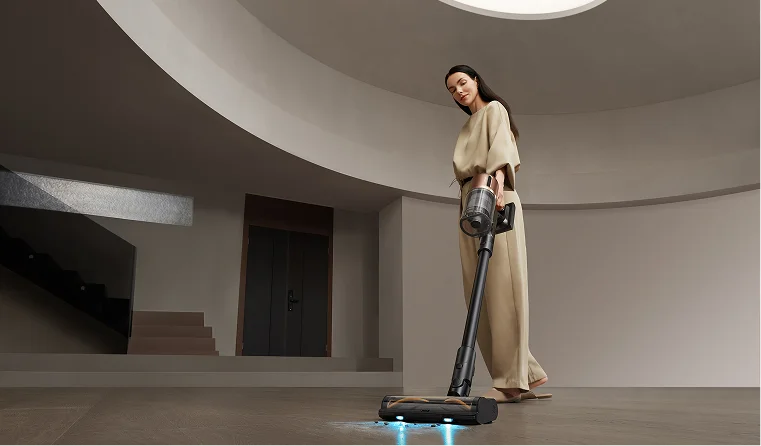
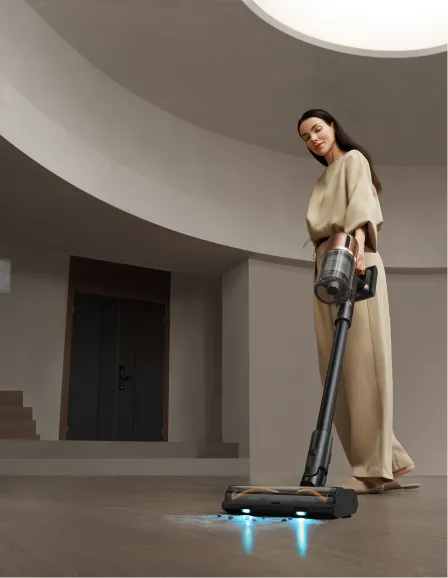

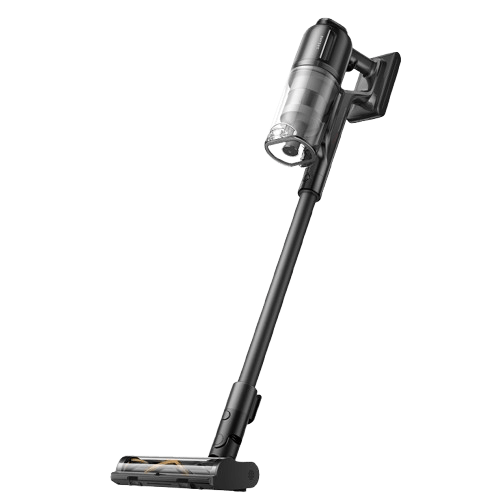

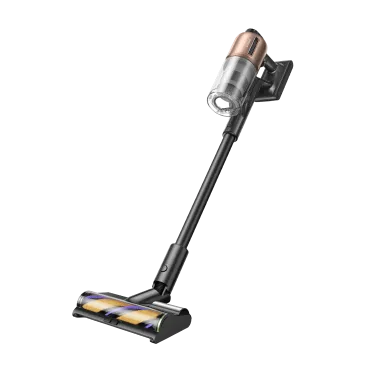
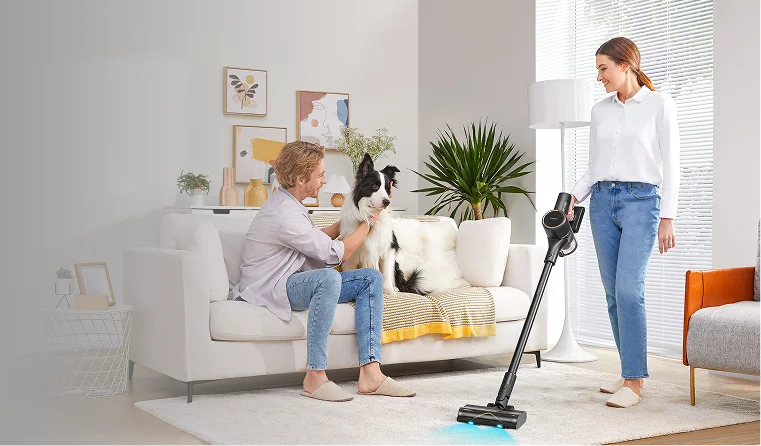
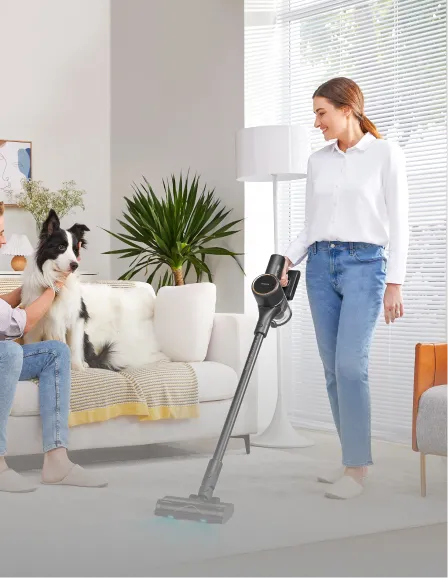
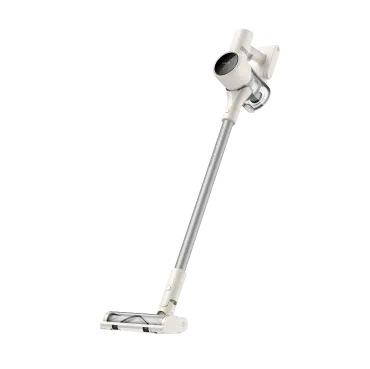
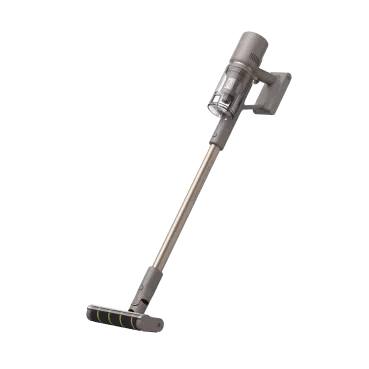
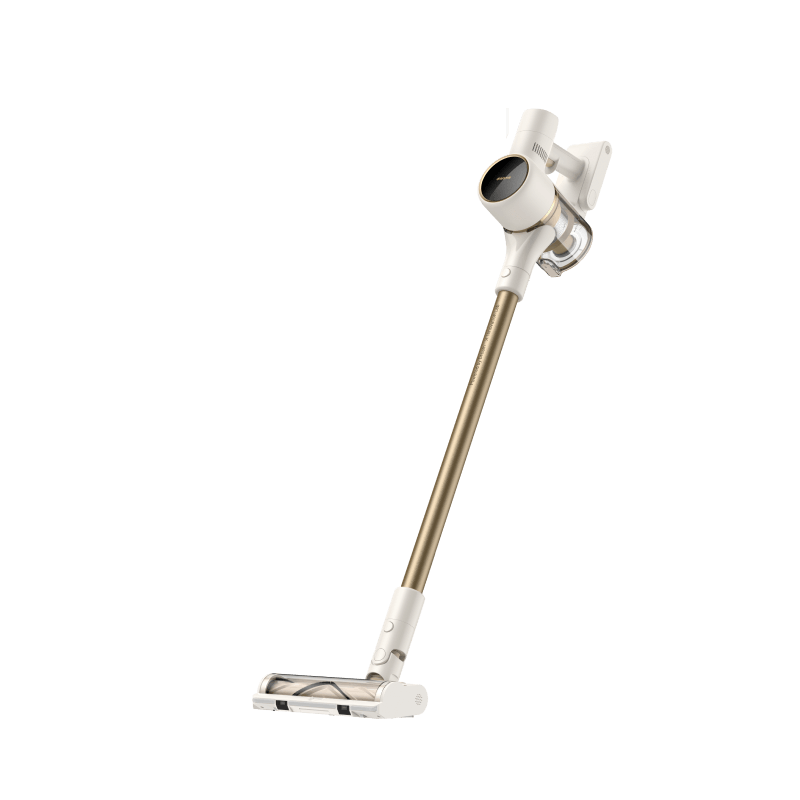
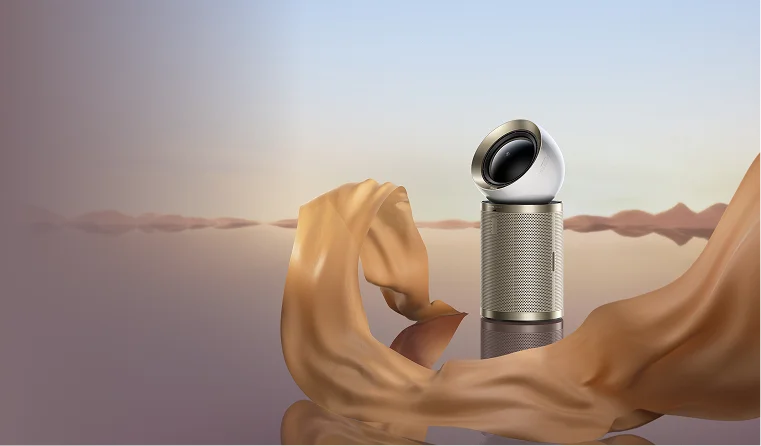
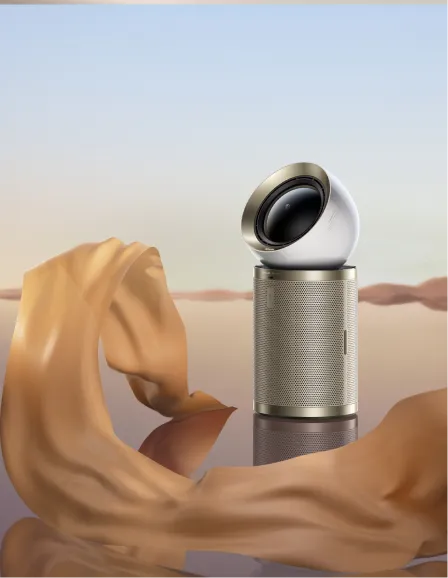

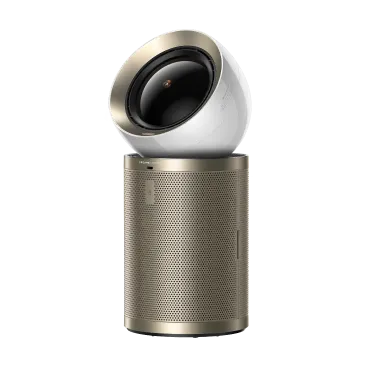
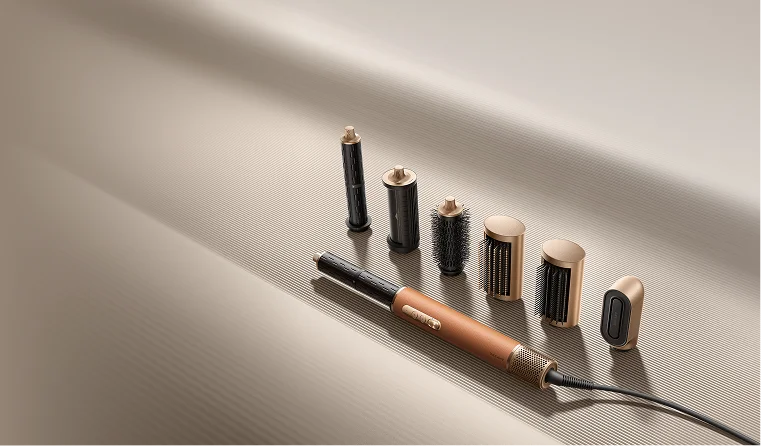
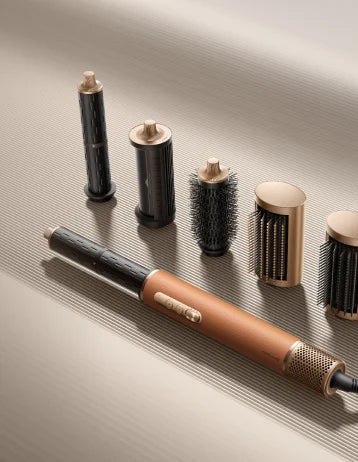
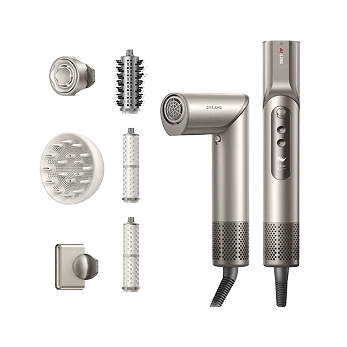


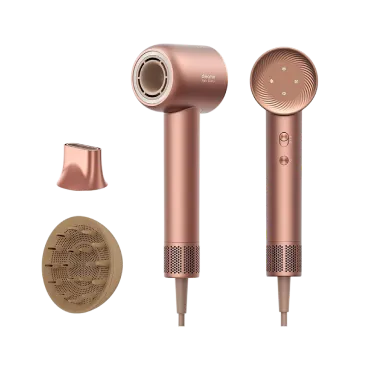
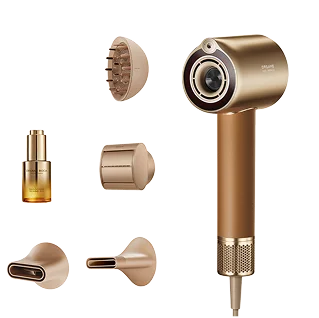




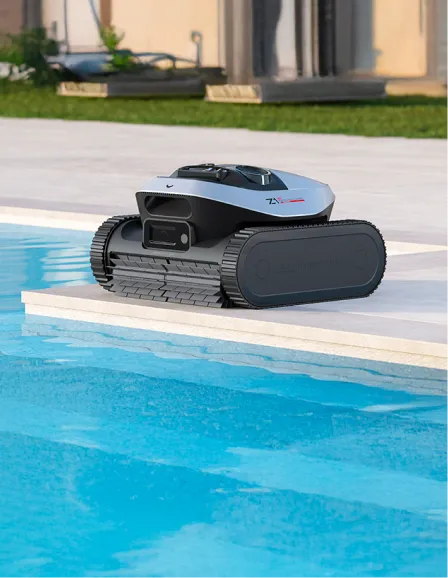
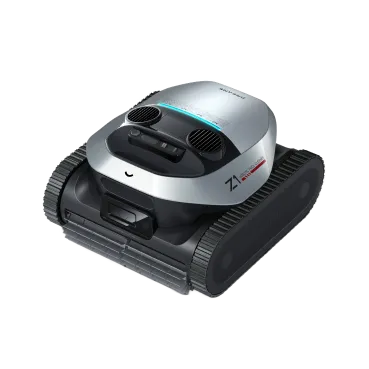
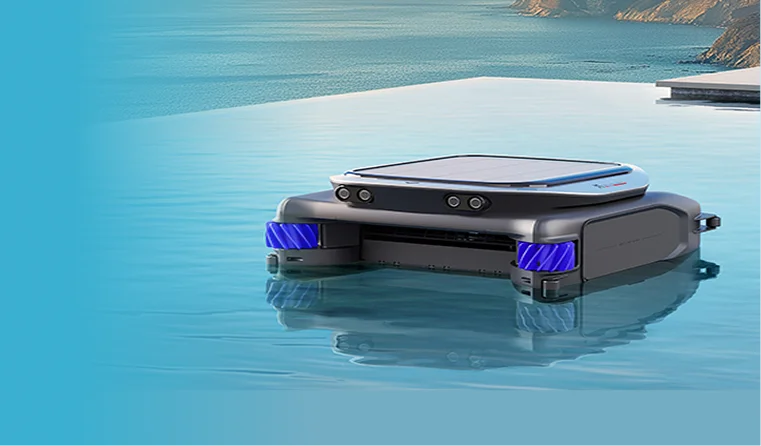











 Australia
Australia 中国大陆
中国大陆 日本
日本


 Türkiye
Türkiye


 Italia
Italia
 Netherlands
Netherlands Belgium
Belgium
 Greece
Greece Polska
Polska
 Norway
Norway
 Sweden
Sweden
 Finland
Finland
 Denmark
Denmark
 Hungary
Hungary Czechia
Czechia
 Slovenia
Slovenia
 Croatia
Croatia
 Switzerland
Switzerland United Kingdom
United Kingdom
 Canada
Canada


